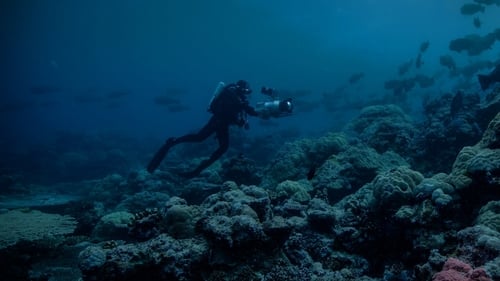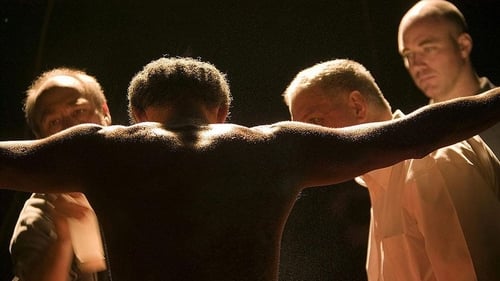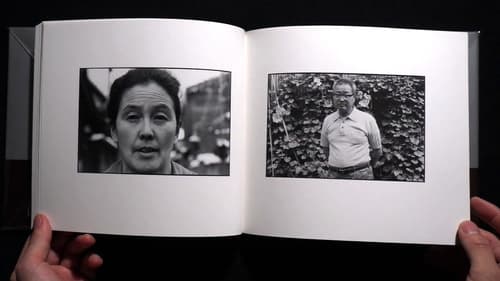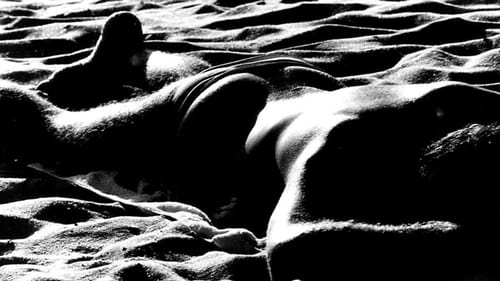I’m Not Everything I Want To Be (2024)
ジャンル : ドキュメンタリー
上映時間 : 1時間 30分
演出 : Klára Tasovská
脚本 : Klára Tasovská, Alexander Kashcheev
シノプシス
After the Soviet invasion of Prague, a young female photographer strives to break free from the constraints of Czechoslovak normalization and embarks on a wild journey towards freedom, capturing her experiences on thousands of subjective photographs.

I Did Not Choose is a documentary movie about a lesbian person living in Turkey. She lives with her family, friends and makes them accept her queer existence.

Taking more inspiration from The Faces of Death than from the "real" movie world, this documentary shows brutal violence, sex, nudes, some curiosities from various countries. Specifically: we observe porn-taxis, gay-pride, erotic patisserie, child prostitution, children forced to crush coca leaves (this causes them horrible wounds on the skin), human skin trade, sick children (very strong scene). According to the tradition of the movie world, even animals are not spared, even if the cruelties against them are limited to two scenes: the extraction of the heart of a monkey while it is still alive, and the operation on the testicles of a other monkey for testosterone.

This documentary explores the work of Robert Doisneau, and the subjects his photographs have addressed, from the workers of the Renault factories in Billancourt to Parisian lovers, from the crowds of the Liberation to the children of Gentilly, from the unknown to the famous. The voice of the photographer, speaking of his choices and memories, and a montage of sound archives seem to comment on the photographs, which several film archives put into context. A sober and fascinating presentation of the work of a great artist.

The documentary covers fifty years inside The White House.

Italian photographer Paolo Ventura creates stories by giving life to the simplest of materials which he has gathered. He gave up a successful career as a fashion photographer because he just had to photograph the images that haunted him. Images that the artist had imagined as a child when his grandmother told him about her adventures during the war. In his studio, in a barn on top of a secluded mountain, he creates a timeless melancholic world that resonates the isolation in which he grew up. Ventura conquered the international art scene with his photography series War Souvenir and Winter Stories. His work is included in collections by renowned museums in Italy, France and the US.

An uncannily revealing portrait of American photographers Andy Sweet and Gary Monroe and the vibrant community of Jewish retirees they obsessively focused their camera's lens on in the sunburned paradise of 1970s Miami Beach.

This look behind the scenes shows how worldwide camera crews climbed, dived and froze to capture the documentary's groundbreaking night footage.

With his grainy women's portraits, Gerard Fieret (1924-2009) managed to antagonize the entire late sixties establishment. In his mouse-infested studio he photographed his semi-or wholly undressed models as well as himself. His photographic work is increasingly recognised by collectors and museums. This documentary film by Frank van den Engel was shot during the final two years of his life. The camera shows Fieret alternately lucid and confused, stubborn and cooperative, accusing all and bemoaning his physical decline. (Summary from WorldCat)

Photographer Helmut Newton talks about his work.

Errol Morris examines the incidents of abuse and torture of suspected terrorists at the hands of U.S. forces at the Abu Ghraib prison.

An inside look into the effort to preserve Philadelphia's ballroom scene, a black LGBTQ safe-space that has endured for 30 years.

Vickie and Zhenya are identical twins in the process of transitioning. They live in the small city of Norilsk in the far north of Russia. Their entire life is condensed into the space of their small room. The film is constructed as a methodological manual for the creation and arrangement of a living space, and the placement of various objects there. The room of Vickie and Zhenya is examined as an ideal example of the intimate private space capable of authentically reflecting its hostess. The film is based on a video-letter that Vickie and Zhenya sent to their friend Valya. Vickie and Zhenya got to know Valya at the clinic where they underwent their sex reassignment. Since then, Valya has been their constant—though invisible—witness of their life. They report to Valya on all the changes they go through in the process of their transfiguration into Beautiful Ladies.

It doesn't look spectacular at first. Two boys each talk separately about their experiences. In the end also on the sexual level. In the end they are also in the room together. In the end they don't leave it at talking.

In 1983, photographer Gocho Shigeo met an early death at the young age of 36. The view we see reflected in Gocho’s photographic images has become more profound over time since his death and has struck a chord in people’s hearts. While focusing on Gocho’s collection of photographs Self and Others, the film also visits places associated with him, creating a collage with the manuscripts, letters, photographs and voice recordings remaining in an attempt to capture “one more gesture”—a theme pursued by Gocho through photographic expression. This film is neither a critical biography nor a monograph on the photographer. Rather, we are offered a new perception. As if mesmerized, the photographs Gocho left behind captivate us in their gaze.

Documentary about the work of photographer Alair Gomes, one of the first artists to introduce male nudity in Brazilian photography.

In this Pete Smith Specialty short, Dr. Harold E. Edgerton demonstrates stroboscopic photography, which he helped develop. This process allows us to see in slow motion what happens during events that occur too fast to be seen by the naked eye. Examples shown here include a bullet in flight as it shatters a light bulb, the moment of impact when a kicker kicks a football, and the motion of a hummingbird's wings as it hovers.












